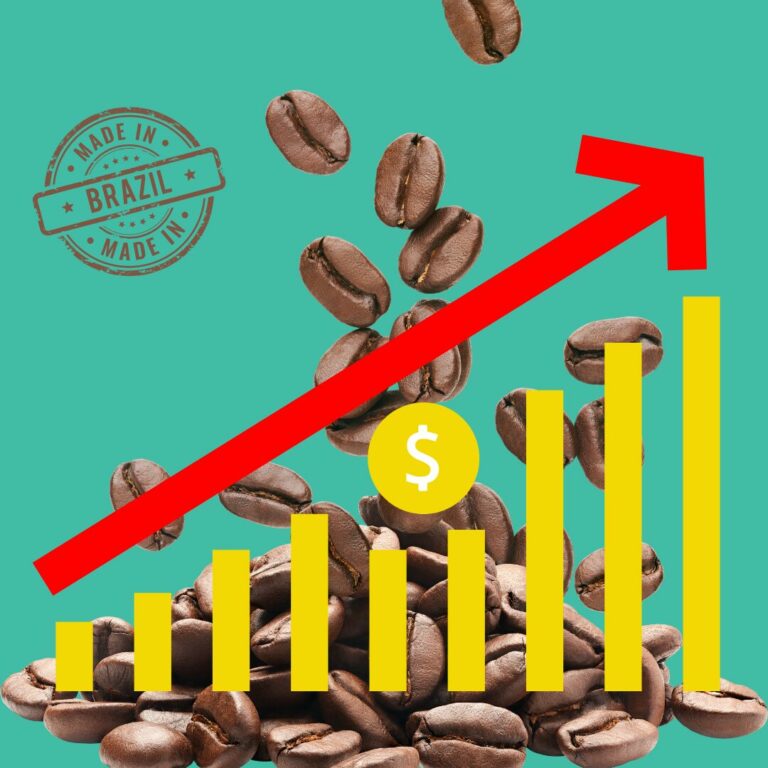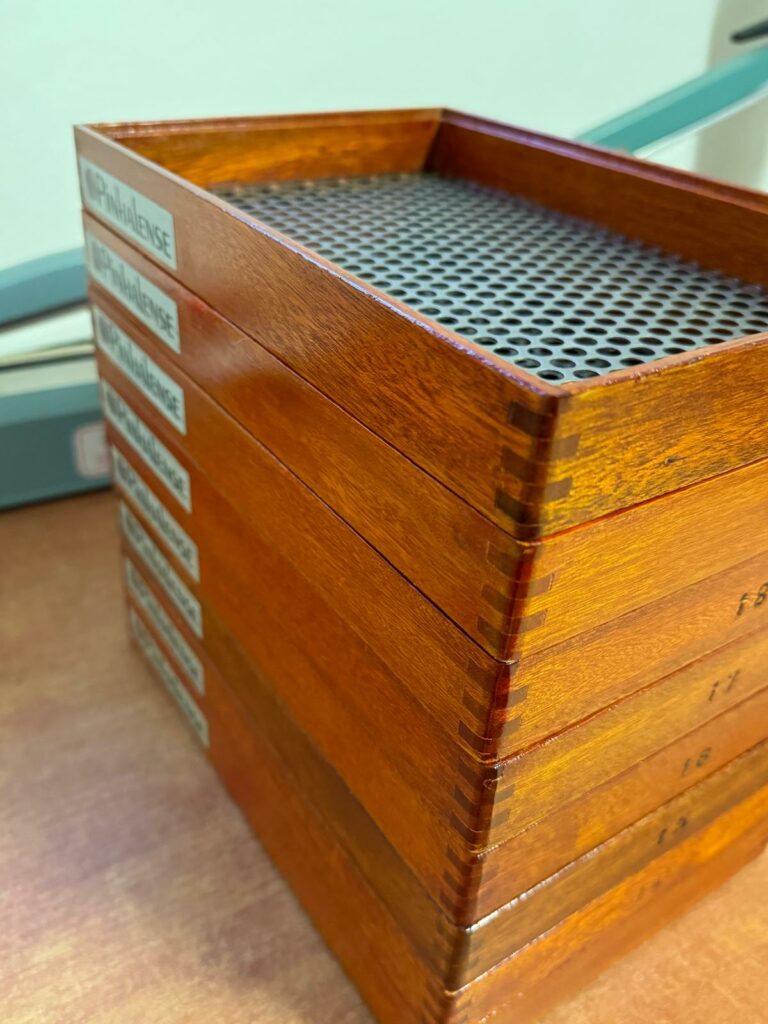Green coffee is the coffee you get right after the harvest. It is nothing like what you taste in the cup. To obtain this unmistakable flavor, coffee beans must go through the roasting process. And, we will see in this article that, the roasting settings, mainly temperature and timing, are responsible for the aroma and flavor you taste in your cup of coffee!
All the information in this article was obtained from research and our partners who shared a little bit of their experience with us.
Generally, the temperatures tend to vary depending on the roaster model, the amount of coffee to be roasted according to the roaster capacity, and the variety of the coffee beans.
The roasting begins when the beans are in contact with heat. For that, the roaster should have a variant temperature between 180° and 250°C in an average time of 15 to 30 minutes. These two items – temperature and time – define the different shades, acidity, aroma, and other aspects of roasted coffee. And a good selection of beans before this process cannot be missed! If there are some defects (like a black bean, for example) it is possible to feel them during the tasting.
We can differentiate the roasting profiles into three main types: light roast, medium roast, and dark roast. In each type, there is another variation between temperatures that results in a new type of coffee with some of the most predominant characteristics. Let’s see it:
• Light Roast
Cinnamon Roast: ending temperature at 196 °C. Right after the first crack, it is a very light roast, and the beans turn light brown with noticeable acidity.
New England: ending temperature at 205 °C. This roasting leaves the beans in a moderate brown color, and it results in complex acidity.
• Medium Roast
American Roast: ending temperature at 210 °C. This type leaves the beans in medium brown color without any of the coffee’s natural oils appearing on the bean’s surface.
City Roast: ending temperature at 219 °C. The taste is slightly sweeter than light roast and full-bodied with acidic notes.
• Dark Roast
Full City Roast: ending temperature at 225 °C. The color is medium dark brown, with apparent oil on the surface of the beans.
Vienna roast: ending temperature at 230 °C. Moderate dark brown color with light oil on the surface, more bittersweet, with caramel notes and mild acidity; coffee roasted in this type of roast has a subtle bitter chocolate taste and a smoky aroma.
French Roast: ending temperature at 240 °C. The color is dark brown, with shiny oil and lower acidity. The taste is bittersweet, caramel, and charred, which is why some people call this type of coffee as ‘burnt’.
Italian Roast: ending temperature at 245 °C. Almost black and shiny in color, the burnt tones become more distinct and there is almost no acidity. The beans roasted with the Italian Roast are almost carbonized and therefore contain less acid.
It is worth emphasizing that each kind of coffee requires specific roasting profiles in order to get the best attributes and nuances from the beans in the cup, so it is up to the Roastmaster to control above mentioned settings, cup the same coffees in different roasting profiles, compare and decide.



